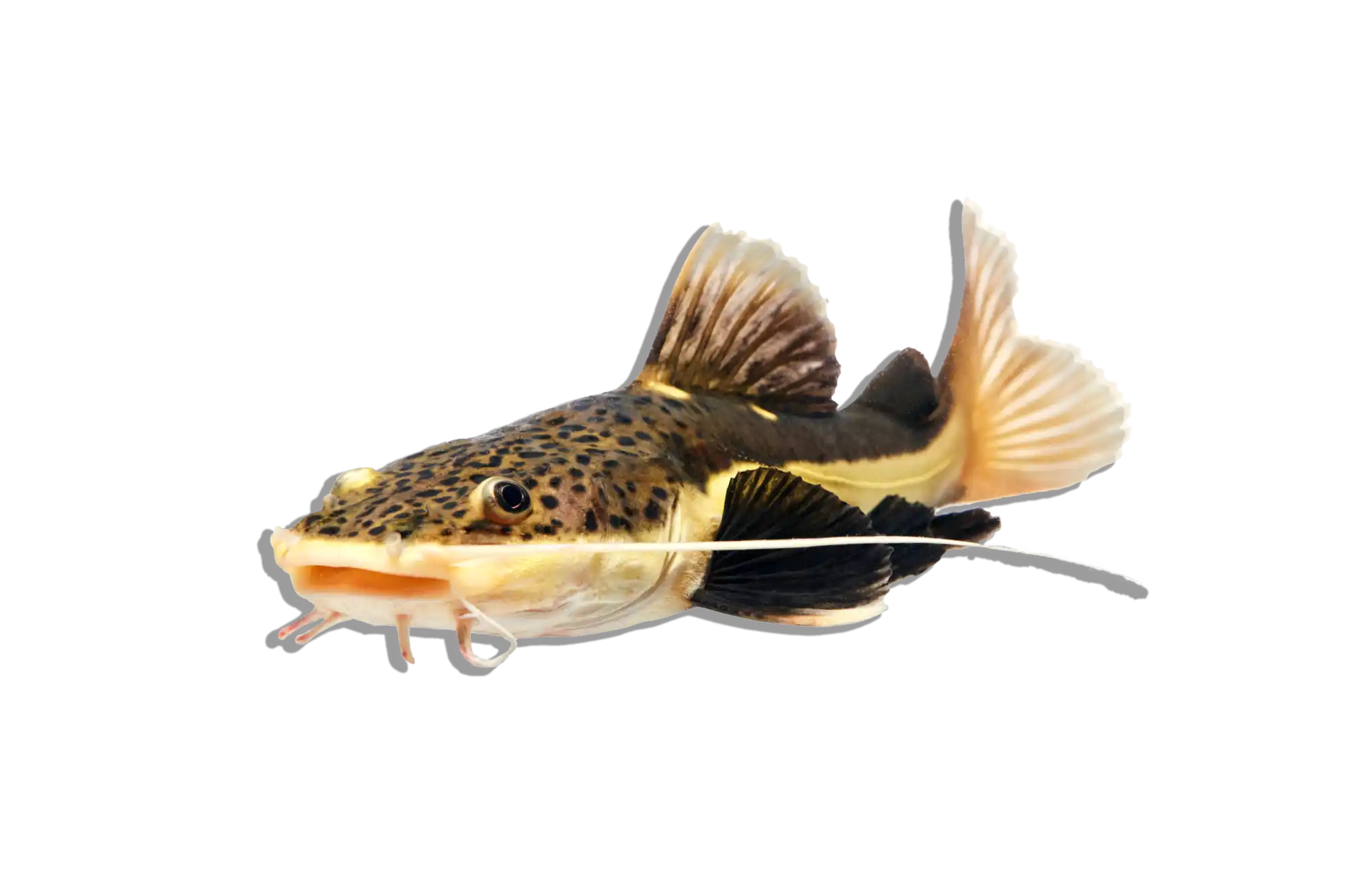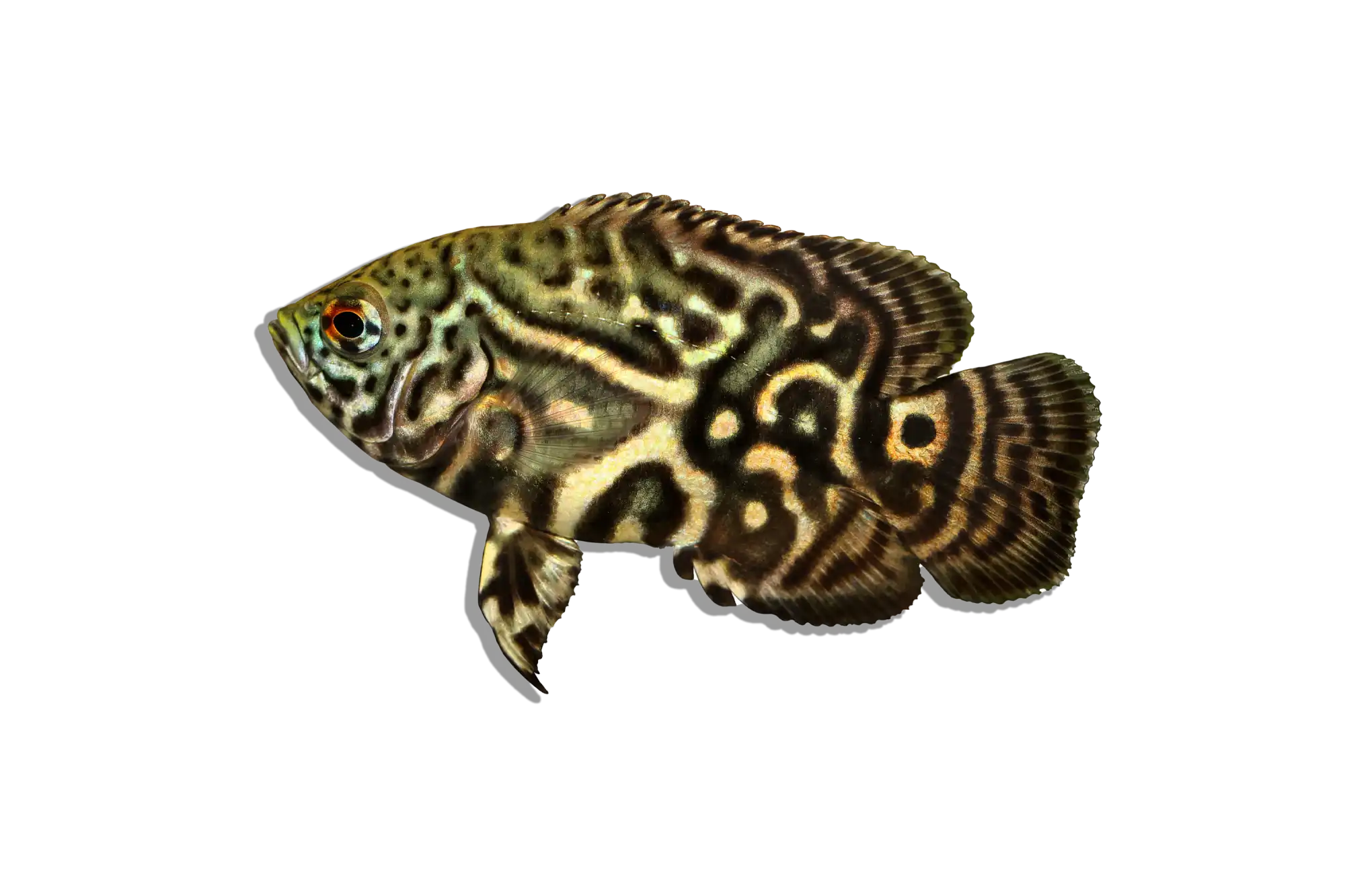Description
Common Name: Papua New Guinea Catfish
Scientific Name: Neoarius berneyi
Other Names: Berney's Catfish, Berney’s Shark Catfish, Berney’s Salmon Catfish
The Papua New Guinea Catfish is a robust and intriguing freshwater fish known for its sleek body, elongated fins, and adaptive behavior. It features a silvery to bluish-grey body with a streamlined shape and long, whisker-like barbels around its mouth, which help it navigate and find food in murky waters.
Habitat and Distribution:
The Papua New Guinea Catfish is native to the freshwater rivers and estuaries of Papua New Guinea and northern Australia. They inhabit a variety of environments, including rivers, floodplains, and brackish waters. These fish are adaptable and can tolerate a range of salinities, often moving between fresh and brackish environments.
Size and Lifespan:
In both the wild and captivity, Papua New Guinea Catfish can grow up to 20 inches (50 cm) or more in length. With proper care, their lifespan can range from 10 to 15 years, depending on the quality of their diet and water conditions.
Diet and Behavior:
Papua New Guinea Catfish are omnivorous, feeding on a mix of plant matter, detritus, and small aquatic animals in their natural habitat. In an aquarium, their diet should include high-quality sinking pellets, live or frozen foods such as brine shrimp, bloodworms, and pieces of fish. They will also benefit from occasional vegetable matter such as blanched spinach or zucchini. These catfish are generally peaceful and can be kept with other non-aggressive fish, but their large size and active nature mean they need plenty of space to swim.
Breeding and Reproduction:
Breeding Papua New Guinea Catfish in captivity is challenging and rarely achieved. In the wild, they are believed to spawn during the rainy season when water levels rise. They lay their eggs in nests built by the male, who guards the eggs until they hatch. To encourage breeding, provide a large, well-maintained tank with optimal water conditions and simulate seasonal changes. Successful breeding typically requires a very large tank and specific environmental conditions.
Aquarium Care and Tank Requirements:
Due to their large size and active nature, Papua New Guinea Catfish require a very large aquarium, with a minimum of 150-200 gallons recommended for adult specimens. The tank should have a soft, sandy or fine gravel substrate to prevent injury to their delicate barbels. Include plenty of open swimming space as well as hiding spots created with rocks and driftwood to mimic their natural habitat and reduce stress. Efficient filtration and regular water changes are essential to maintain water quality. The water temperature should be kept between 75-82°F (24-28°C), with a pH of 7.0-8.0 and moderately hard to hard water.
Ideal Tank Mates:
Papua New Guinea Catfish can be kept with other large, peaceful fish that share similar water parameter requirements. Suitable tank mates include large cichlids, larger tetras, and similarly sized robust fish. Avoid housing them with small or delicate species that may become targets of predation.
Difficulty Level:
Intermediate to Advanced. Keeping Papua New Guinea Catfish requires a deep understanding of their needs, including their large size, omnivorous diet, and specific water quality requirements. They are best suited for experienced aquarists with the space and resources to provide proper care.
Water Parameters:
- Temperature: 75-82°F (24-28°C)
- pH: 7.0-8.0
- General Hardness (GH): 10-20 dGH
- Carbonate Hardness (KH): 8-12 dKH
- Ammonia: 0 ppm (ideal)
- Nitrite: 0 ppm (ideal)
- Nitrate: <20 ppm (ideal)
Additional Information:
- The Papua New Guinea Catfish’s sleek body and active nature make it a striking addition to large aquariums.
- They are known for their adaptability, capable of thriving in a range of salinity conditions from freshwater to brackish environments.
- Fun fact: Papua New Guinea Catfish use their long barbels to sense their environment and locate food, making them efficient nocturnal foragers.



















